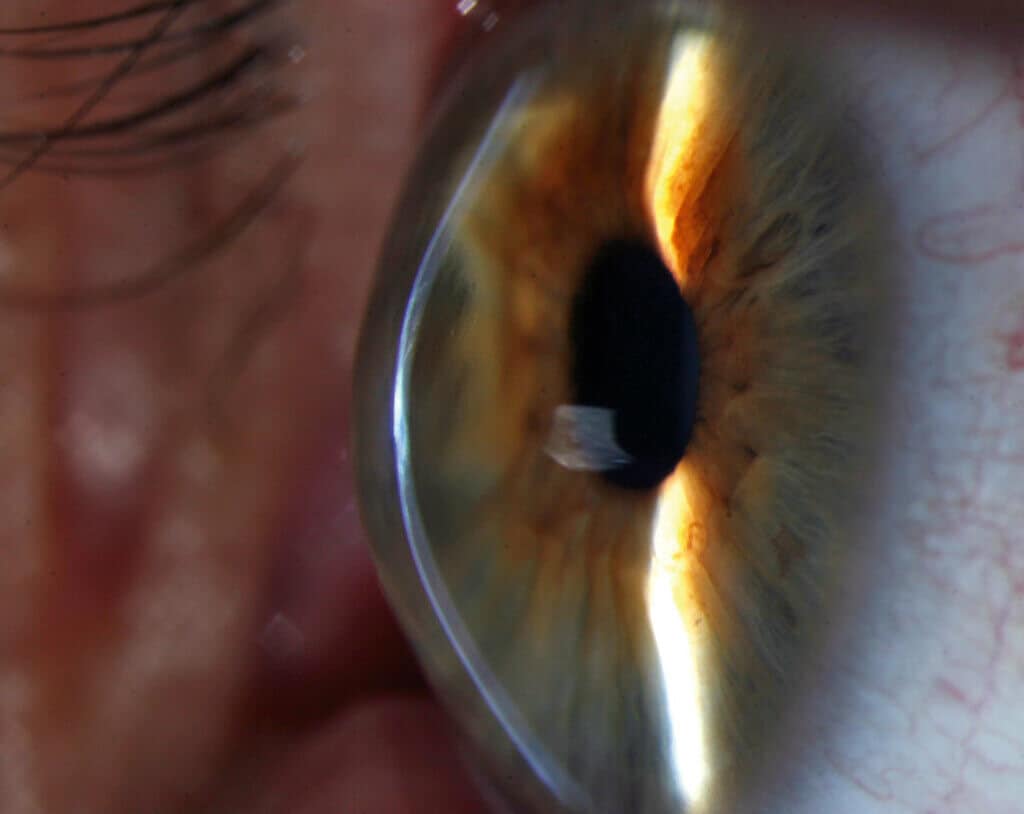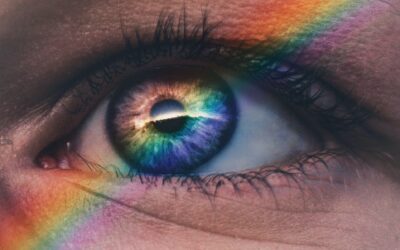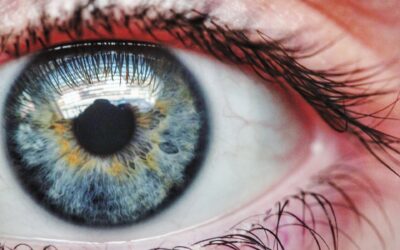Keratoconus is an eye condition that can affect your vision and cause glasses to no longer provide clear vision. Fortunately, there are several other treatment options available for keratoconus.
What is Keratoconus?
The cornea is the clear front portion of the eye which is normally round and smooth like a sphere.
In keratoconus, the cornea thins in the center and pushes forward to form a small cone that is abnormal in shape.
This cone causes blurry vision and can even lead to serious eye problems like corneal perforation.
Who Gets Keratoconus?
Keratoconus is shown to run in some families, so if you have a family member with keratoconus, it is somewhat more likely that you will develop keratoconus.
In most cases, keratoconus develops in teens and young adults between the ages of fifteen and thirty. At this time, puberty has begun, and the body’s growth begins to display the symptoms associated with keratoconus.
While keratoconus is usually diagnoses young, it is a chronic condition and can affect individuals for the entirety of their life.
Other risk factors for developing keratoconus include excessive eye rubbing, Down’s Syndrome, other systemic collagen disorders, and Asian ethnicity.
What are Symptoms of Keratoconus?
An individual with keratoconus may experience a number of different symptoms including but not limited to blurry vision even with glasses on, glare around lights, and eye irritation.
As the cone forms, the eye is no longer able to be corrected with glasses and achieve clear vision and the cone will create additional glare around lights.
As the eye is no longer smooth, the tear film may also be impacted and cause irritation.
Treatments for Keratoconus
Since glasses are no longer able to provide clear vision, other means of correction such as soft or hard contact lenses become the best treatment options.
If the condition is still potentially progressing, there is a surgical procedure called corneal cross linking which can be utilized to stop or slow the progression of the keratoconus.
Soft Contact Lenses for Keratoconus
In early stages of keratoconus, soft contact lenses may be able to be used to correct the blurry vision.
These contact lenses are often the same as contact lenses the patient was wearing before the diagnosis of keratoconus and can be readily purchased and fit with little issue.
The problem is with soft contact lenses is that the contact lens will mold to the shape of the eye. In a more advanced case of keratoconus, this will cause the same complications as glasses.
Hard Contact Lenses for Keratoconus
The most widely used treatment for keratoconus is hard contact lenses. These lenses can come in two varieties: small corneal gas permeable lenses and large scleral contact lenses.
The smaller cornea gas permeable lenses are a much older method of correcting keratoconus and have been successfully used for many years.
Scleral lenses have recently surged in popularity due to the ability to provide clear vision for even some of the most advanced cases of keratoconus.
Corneal Cross-Linking Surgery
If the keratoconus seems to be continually progressing, it can be wise to seek a consultation for corneal cross linking.
In this procedure, the collagen of the cornea is damaged strategically, and the resulting cross linking causes the cornea to strengthen and become more resilient to stretching or thinning.
Our eye doctors at Eye Theory in Houston, TX excel in the prescription of contact lenses, glasses and various eye diseases. Call our optometrist at 832.831.7386 or schedule an appointment online if you would like to learn more about keratoconus. Our eye doctor, Dr. Jonathan Tsao, provides the highest quality optometry services and eye exams in the Midtown, Downtown, Museum District, Montrose, East Downtown, and Southside Commons (Southside Place) vicinities of Houston, Texas.





